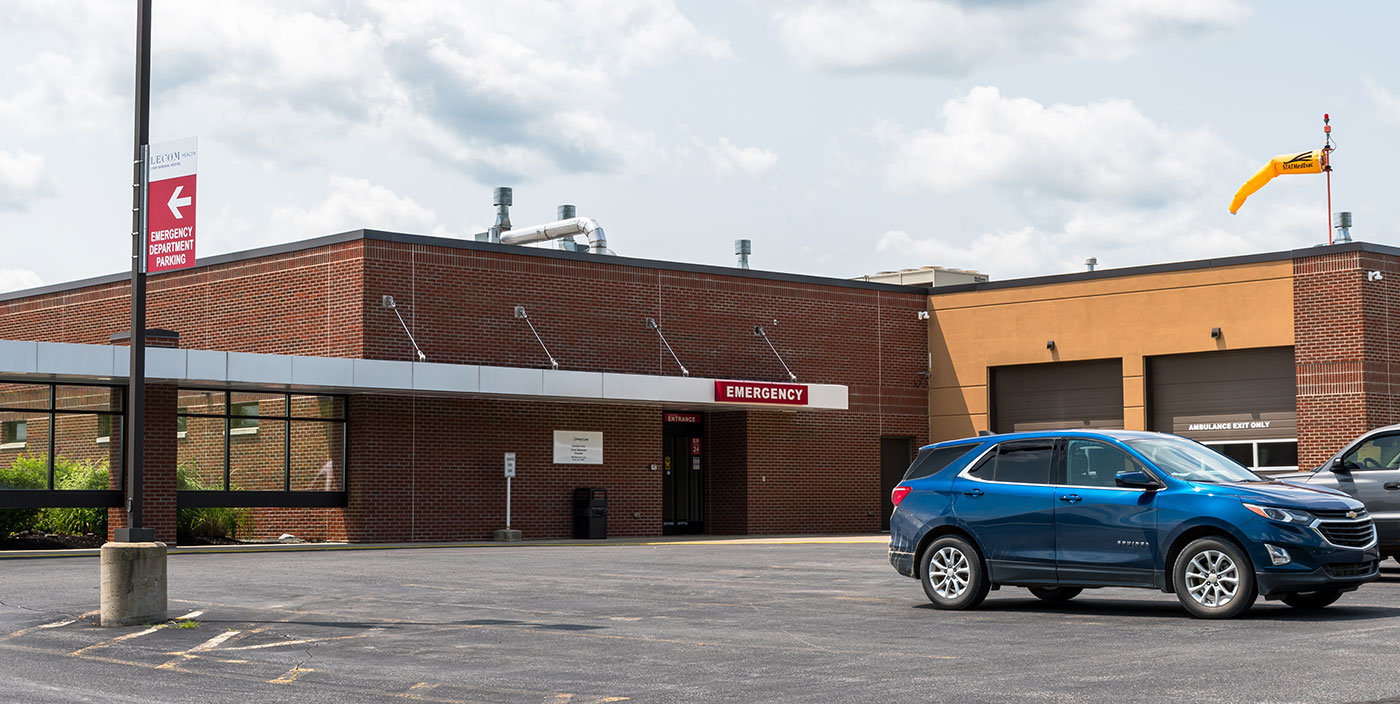Canadian Health Care Falls Short Of What We Deserve
“Can you help me find a family doctor?” It’s a question I’m asked practically every day in the hospital wards where I work. No wonder. According to the Canadian Medical Association, four million to five million people don’t have a family physician.
The doctor shortage is a major problem with our health-care system. Unfortunately, it’s just one of many. Our patients wait too long for basic care. The system is plagued by too much bureaucracy. And despite a massive infusion of money — the Ontario health budget has roughly doubled in the past decade — we must acknowledge what no government official is willing to admit: Canadian health care falls short of what we deserve.
There has been progress in reducing wait times in the five priority areas set out by the federal and provincial governments. Radiation therapy, for example, is delivered in a timelier manner in some cities across Canada than just a few years ago. But even drawing on government statistics — which are often inconsistent from province to province � Canadians wait too long for everything from surgeries like knee replacements (seven provinces fail to meet the benchmark wait times) to MRI scans (a majority of provinces aren’t even collecting proper data yet). In other words, we’re falling short, even after massive increases in spending, even by governments’ own standards and data.
Two years after a parliamentary committee called unanimously for reform, we still lag behind many European countries on the introduction of new and orphan drugs to treat rare disorders. There are still too many tragedies. Think of the Montreal woman who died recently after waiting four days in a hospital ER, the last of a string of Quebec deaths that led the head of that province’s College of Physicians to hope for a “miracle.”
With so many problems, provincial governments are forced to spend hundreds of millions of dollars every year purchasing American health care for Canadians. Yes, our public dollars go to pay for their private health services.
Canadians, though, are routinely told how well our health-care system compares to those of other nations. It’s not so. Take the United States. Despite the heated political rhetoric north of the 49th parallel about American health care, their patients are more likely to survive cancer (66.3 per cent over five years for American men, but 58 per cent for Canadian men, based on recent data from national databases). Their outcomes are also better for heart attacks and transplants. And, based on data from the Joint Canada/U.S. Survey of Health, Americans have greater access to preventive screening tests and higher treatment rates for chronic illnesses, and the poor under our public system seem to be less healthy relative to the non-poor than their American counterparts.
That’s not an endorsement of an American-style system. Far from it. But for too long, we’ve looked south of the border and felt smug, very smug. In the coming years, we as a nation will spend more on health care but, as a new TD Economics report suggests, we can’t simply spend, spend, spend given the limits of economic growth and the realities of an aging population. We need to look to other countries for ideas — even, yes, the United States.
We must emphasize health, and not just health care. Almost one in five adult Canadians is obese. A major cost driver in future years will be treating diseases (like hypertension and diabetes) that can often be prevented if people choose healthier lifestyles.
There is a role for the private sector in health-care delivery. Provincial governments have tried to do too much for too long. The Labour government led the way in Britain, for example, contracting out services to the private sector — even surgeries — and thus saving money and increasing capacity.
People need to pay more directly for their health care. The objective isn’t to make a cancer patient burn her life savings to pay for her care — although this happens too often to some patients in Canada’s health-care system, as seen in a survey of breast cancer survivors released by the Canadian Breast Cancer Network recently. No, the goal is to use limited cost-sharing to make sure patients don’t see health care as “free” and abuse resources that should be directed to those in need. Whether it’s Swedish user fees or American health savings accounts, progressive alternatives exist.
Canada has first-rate physicians and nurses — but a second-rate health-care system. Canadians deserve first-rate care capacity, first-rate health prevention and first-rate technology. And enough physicians and nurses to deliver it to our patients. And that is the system we deserve.
This piece originally appeared in The Globe and Mail
This piece originally appeared in The Globe and Mail

